Kingdom Plantae Order Pinales Genus Pinus Scientific name Pinus jeffreyi Rank Species | Division Pinophyta Family Pinaceae Subgenus Pinus Higher classification Pinus | |
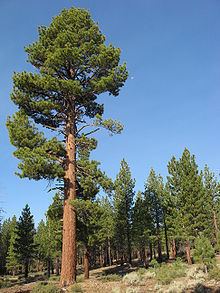 | ||
Similar Pine, Sugar pine, Conifers, Western yellow pine, Western white pine | ||
Ponderosa pines and jeffrey pines of the sierra
Jeffrey pine (Pinus jeffreyi) also known as Jeffrey's pine, yellow pine and black pine, is a North American pine tree. It is mainly found in California, but also in the westernmost part of Nevada, southwestern Oregon, and northern Baja California. It is named in honor of its botanist documenter John Jeffrey.
Contents
- Ponderosa pines and jeffrey pines of the sierra
- Distribution and habitat
- Description
- Uses
- Cultivation
- References
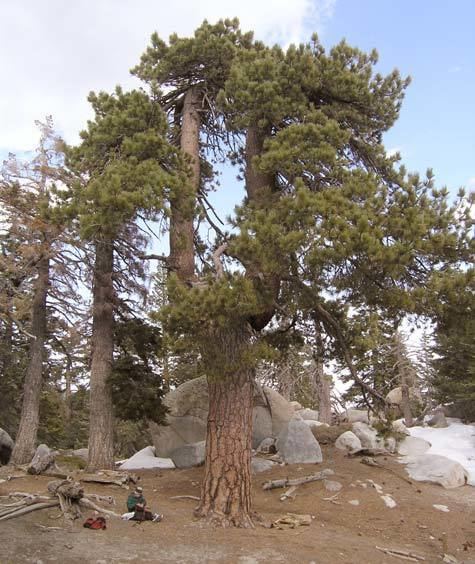
Distribution and habitat
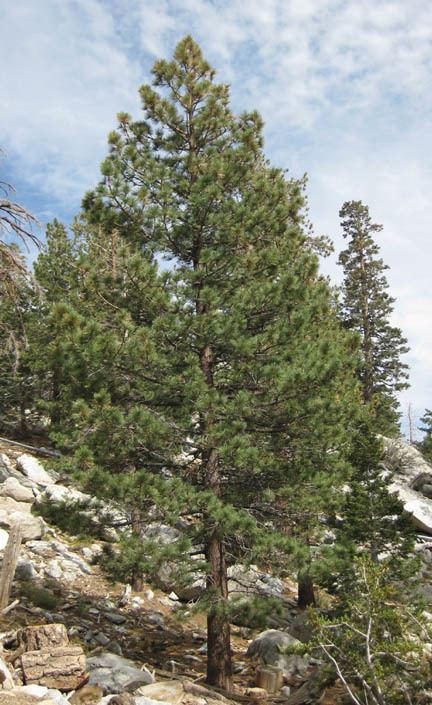
Jeffrey pine occurs from southwest Oregon south through much of California (mainly in the Sierra Nevada), to northern Baja California in Mexico. It is a high-altitude species; in the north of its range, it grows widely at 1,500 to 2,100 m (4,900 to 6,900 ft) altitude, and at 1,800 to 2,900 m (5,900 to 9,500 ft) in the south of its range.

Jeffrey pine is tolerant of serpentine soils and is often dominant in these conditions, even on dry sites at fairly low altitudes. On other soils, it only becomes dominant at higher altitudes where the usually faster-growing ponderosa pine (Pinus ponderosa) does not thrive. Jeffrey pine is more stress tolerant than the closely related Ponderosa pine (Pinus ponderosa). At higher elevations, on poorer soils, in colder climates, and in dryer climates, Jeffrey pine replaces ponderosa as the dominant tree.
Description
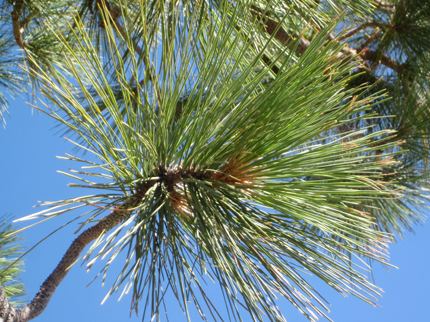
Jeffrey pine is a large coniferous evergreen tree, reaching 25 to 40 m (82 to 131 ft) tall, rarely up to 53 m (174 ft) tall, though smaller when growing at or near tree line. The leaves are needle-like, in bundles of three, stout, glaucous gray-green, 12 to 23 cm (4.7 to 9.1 in) long. The cones are 12 to 24 cm (4.7 to 9.4 in) long, dark purple when immature, ripening pale brown, with thinly woody scales bearing a short, sharp inward-pointing barb. The seeds are 10 to 12 mm (0.39 to 0.47 in) long, with a large (15 to 25 mm (0.59 to 0.98 in)) wing.
The Jeffrey pine is closely related to the ponderosa pine and is similar in appearance. One way to distinguish between them is by their cones. Each has barbs at the end of the scales. The sharp Jeffrey pine cone scale barbs point inward, so the cone feels smooth to the palm of one's hand when rubbed down the cone. Ponderosa pine cone scale barbs point outward, so feel sharp and prickly to the palm of one's hands. This gives rise to the memory device for distinguishing between them - "gentle Jeffrey and prickly ponderosa". Another distinguishing characteristic is that the needles of Jeffrey pine are glaucous, less bright green than those of ponderosa pine, and by the stouter, heavier cones with larger seeds and inward-pointing barbs. Jeffrey pine is also very distinct from ponderosa pine in its resin scent, variously described as reminiscent of vanilla, lemon, pineapple, violets, apple, and, quite commonly, butterscotch; compared to the turpentine or odorless scent of ponderosa pine. This may be tested by breaking off a shoot or some needles, or by simply smelling the resin's scent in between the plates of the bark. This difference in scent is related to the very unusual composition of the resin, with the volatile component made up almost entirely of pure n-heptane. Jeffrey pine can be somewhat distinguished from ponderosa pine by the relatively smaller scales of bark as compared to the larger plates of more reddish-colored ponderosa bark.
Uses
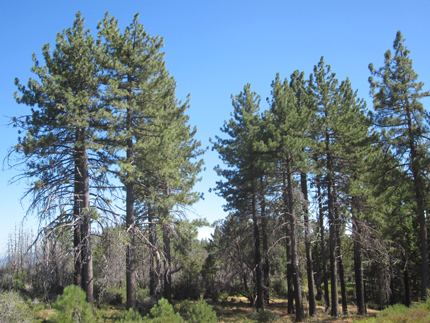
Jeffrey pine wood is similar to ponderosa pine wood, and is used for the same purposes. The exceptional purity of n-heptane distilled from Jeffrey pine resin led to n-heptane being selected as the zero point on the octane rating scale of petrol.
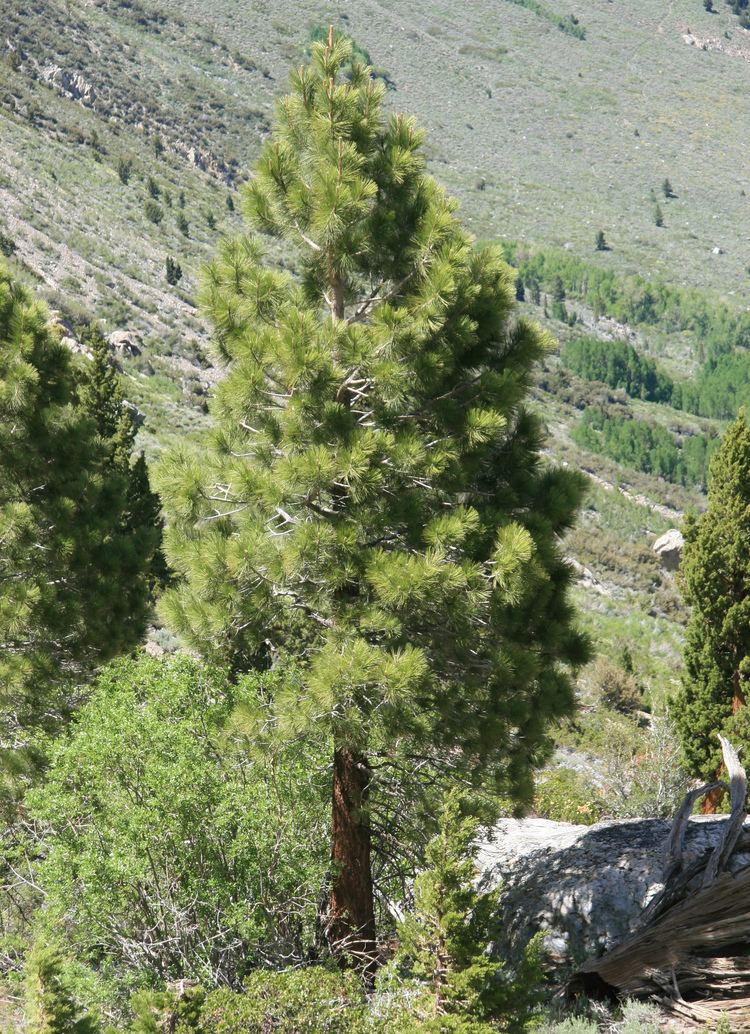
As it mainly consists of n-heptane, Jeffrey pine resin is a poor source of turpentine. Before Jeffrey pine was distinguished from ponderosa pine as a distinct species in 1853, resin distillers operating in its range suffered a number of 'inexplicable' explosions during distillation, now known to have been caused by the unwitting use of Jeffrey pine resin.
Cultivation
Jeffrey pine has ornamental value and can be found in parks and gardens throughout the temperate world. It has gained the Royal Horticultural Society's Award of Garden Merit.
